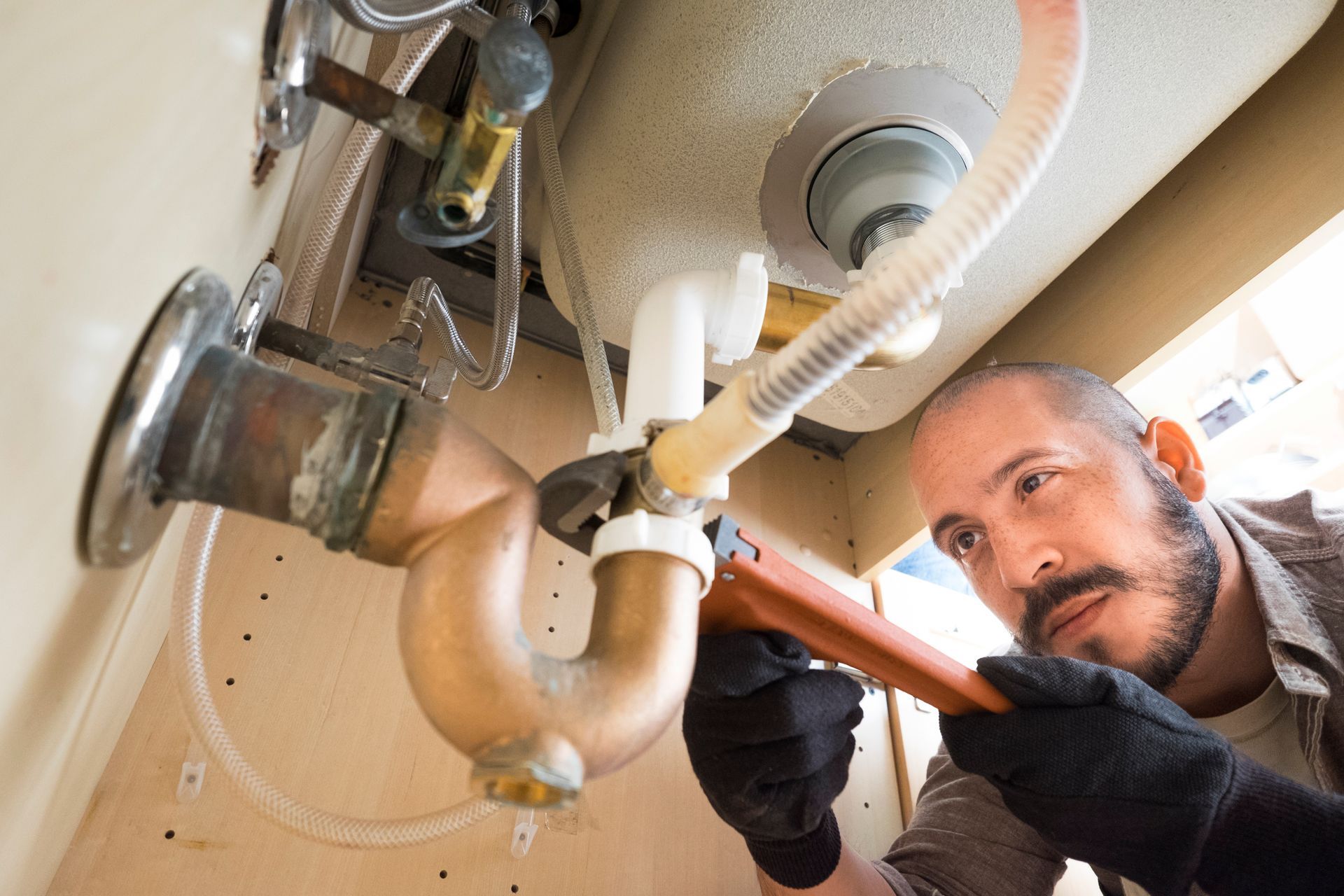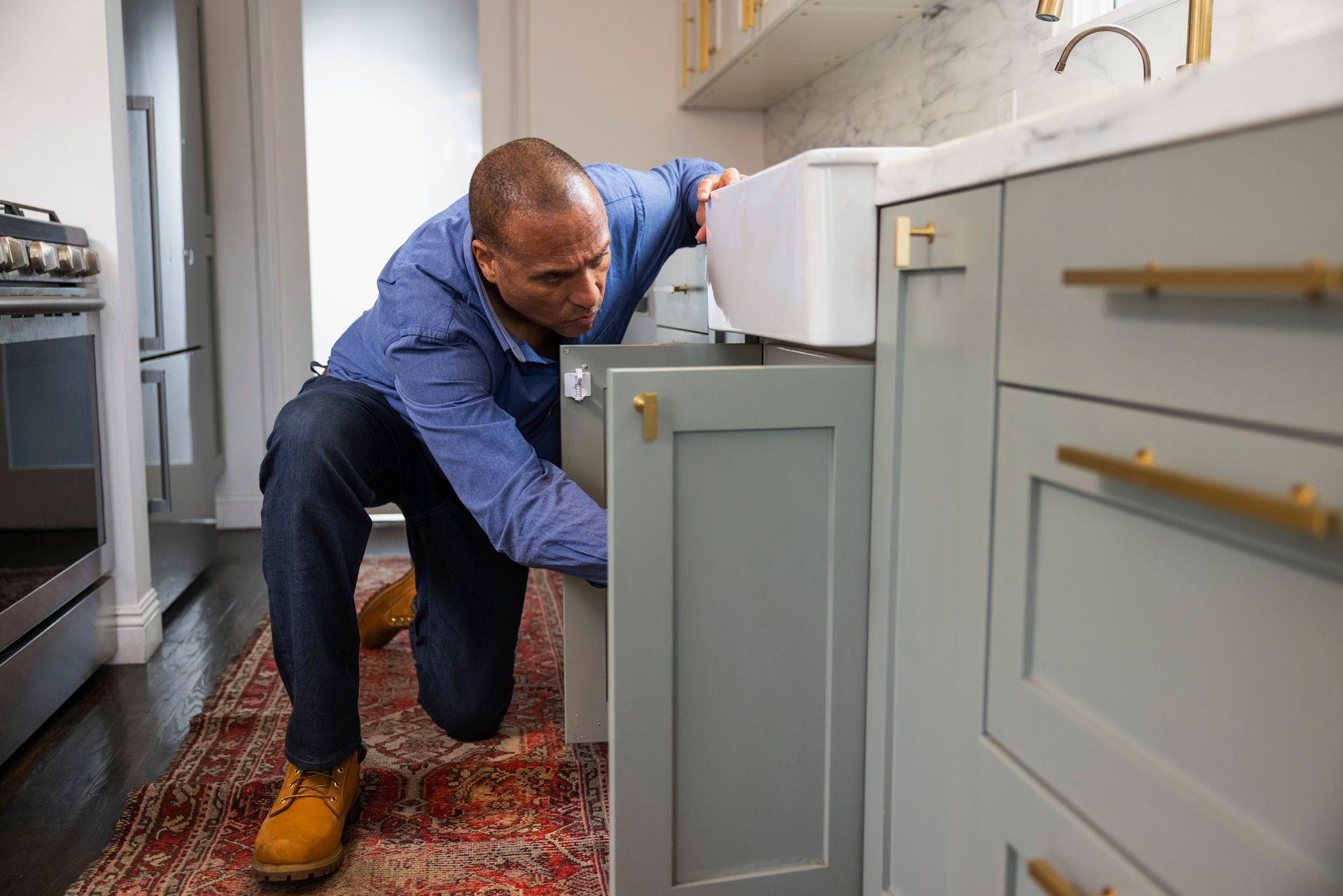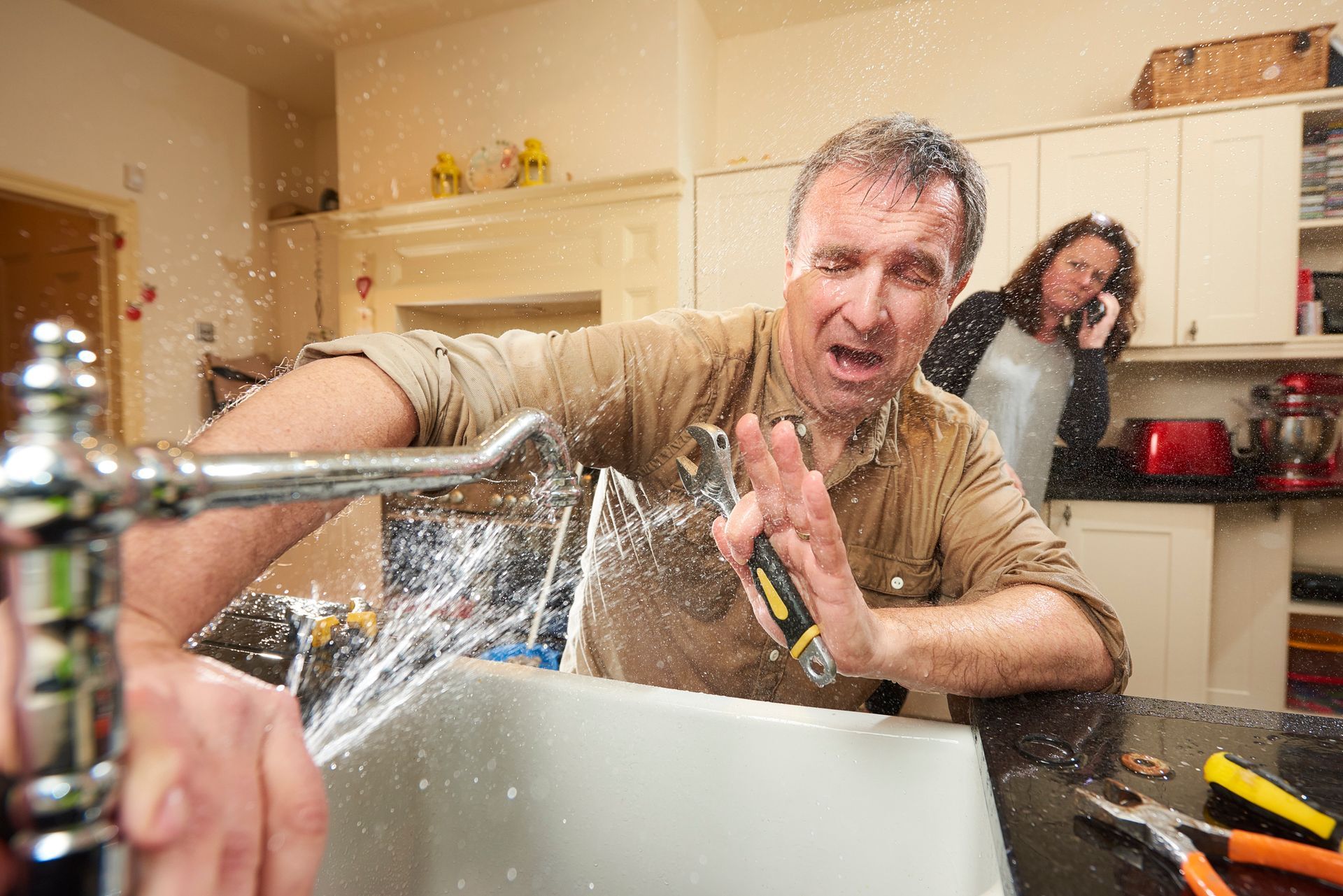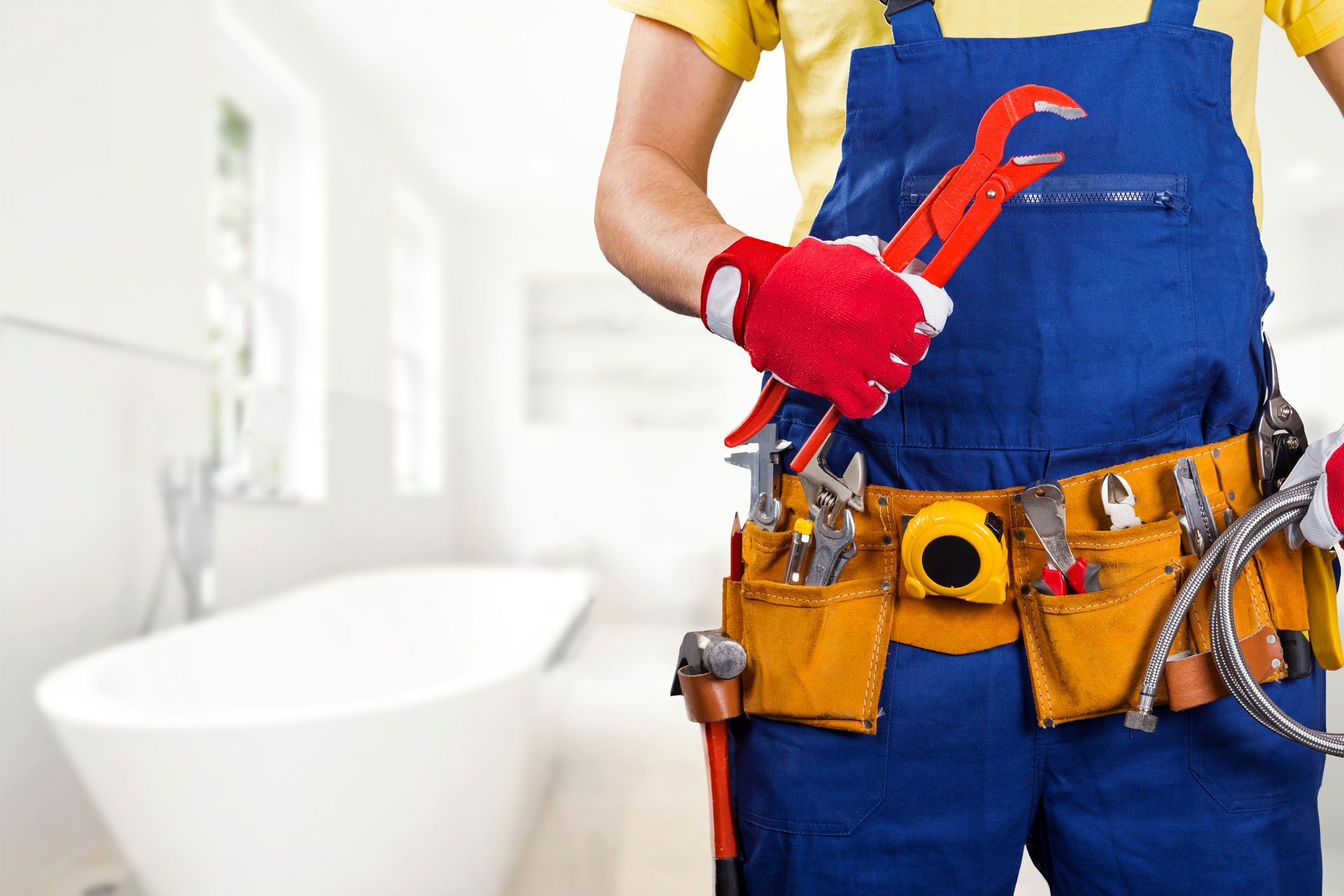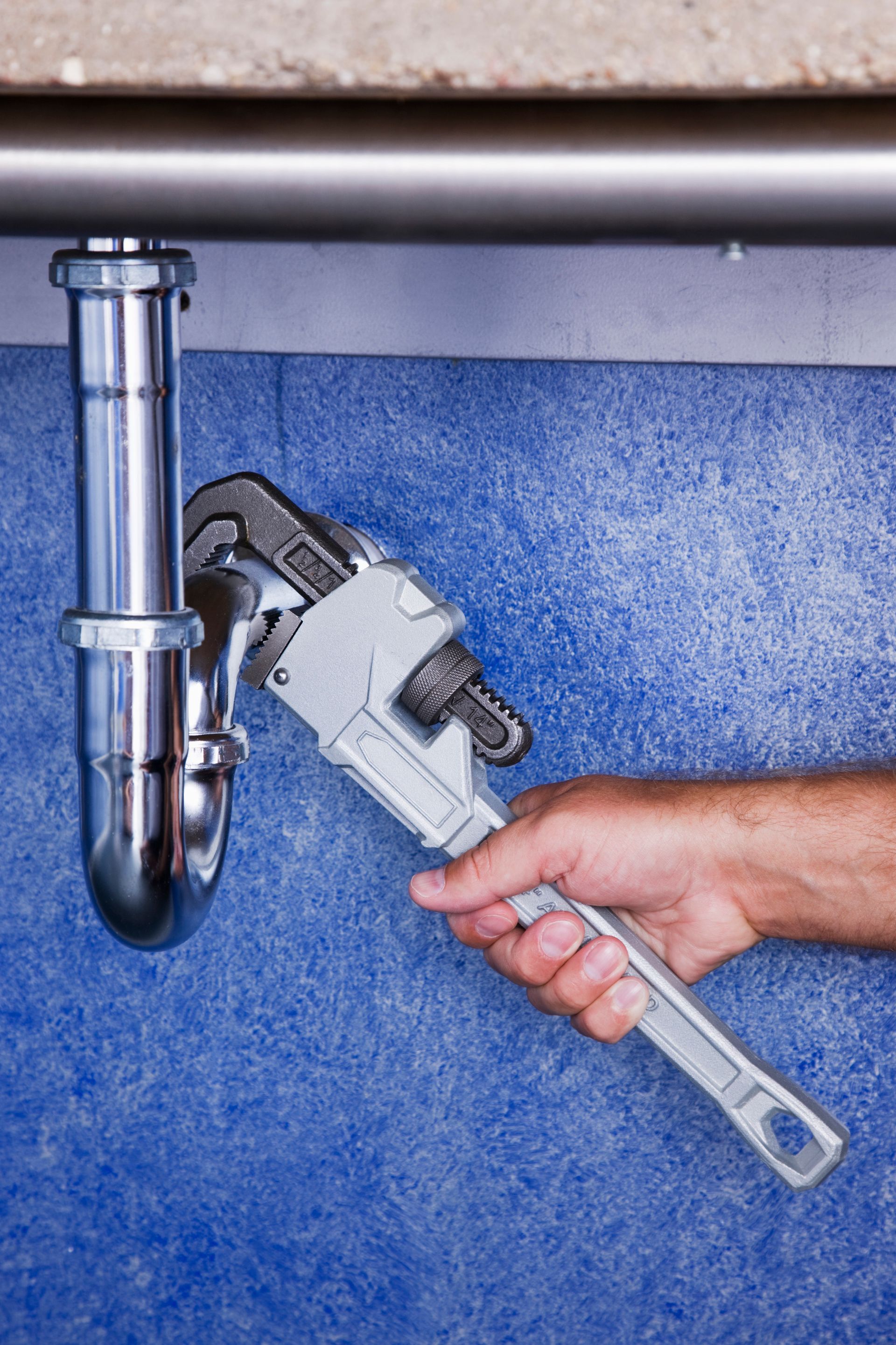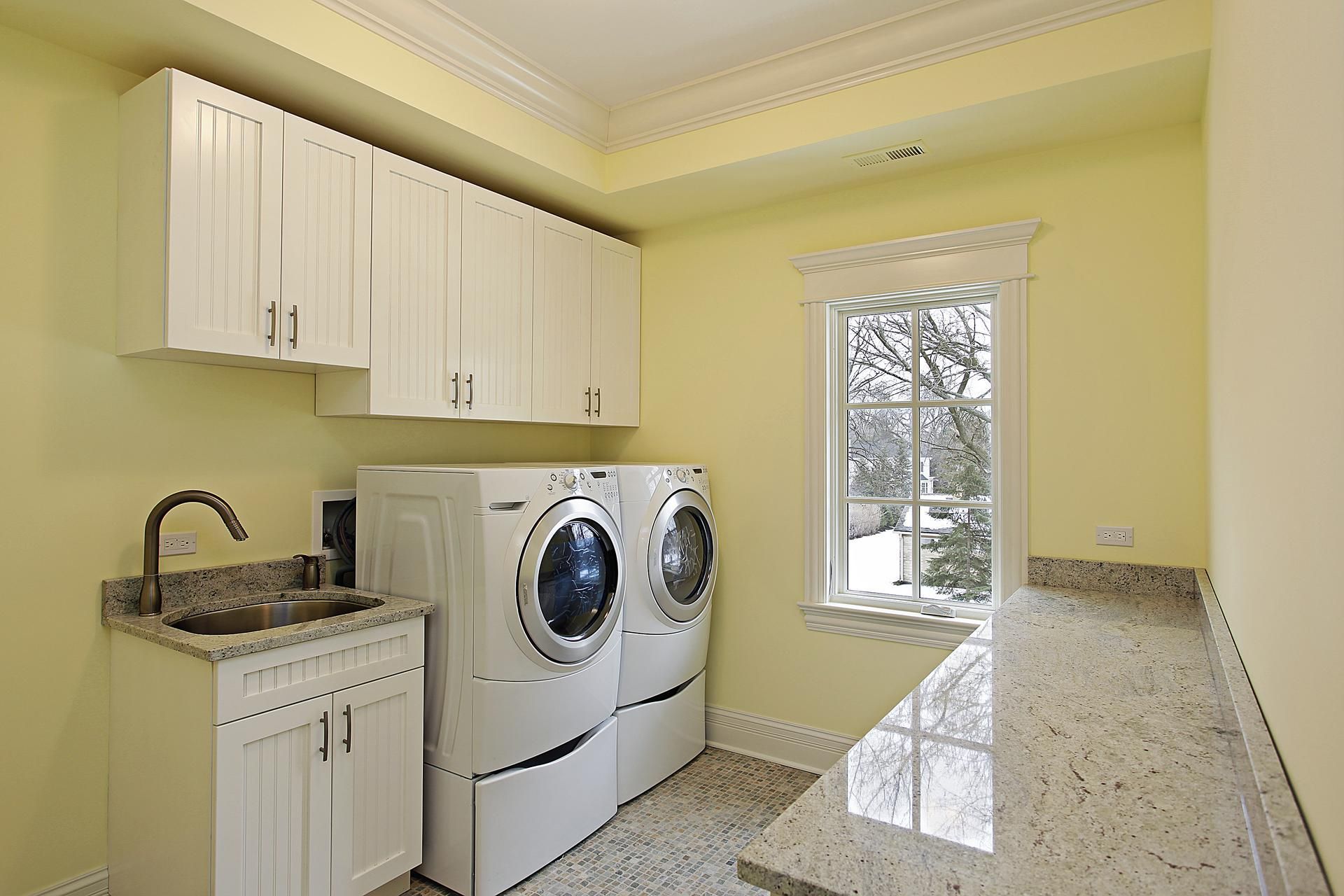Blog
4 Plumbing Steps to Take When Buying an Older Home
Admin • September 2, 2020
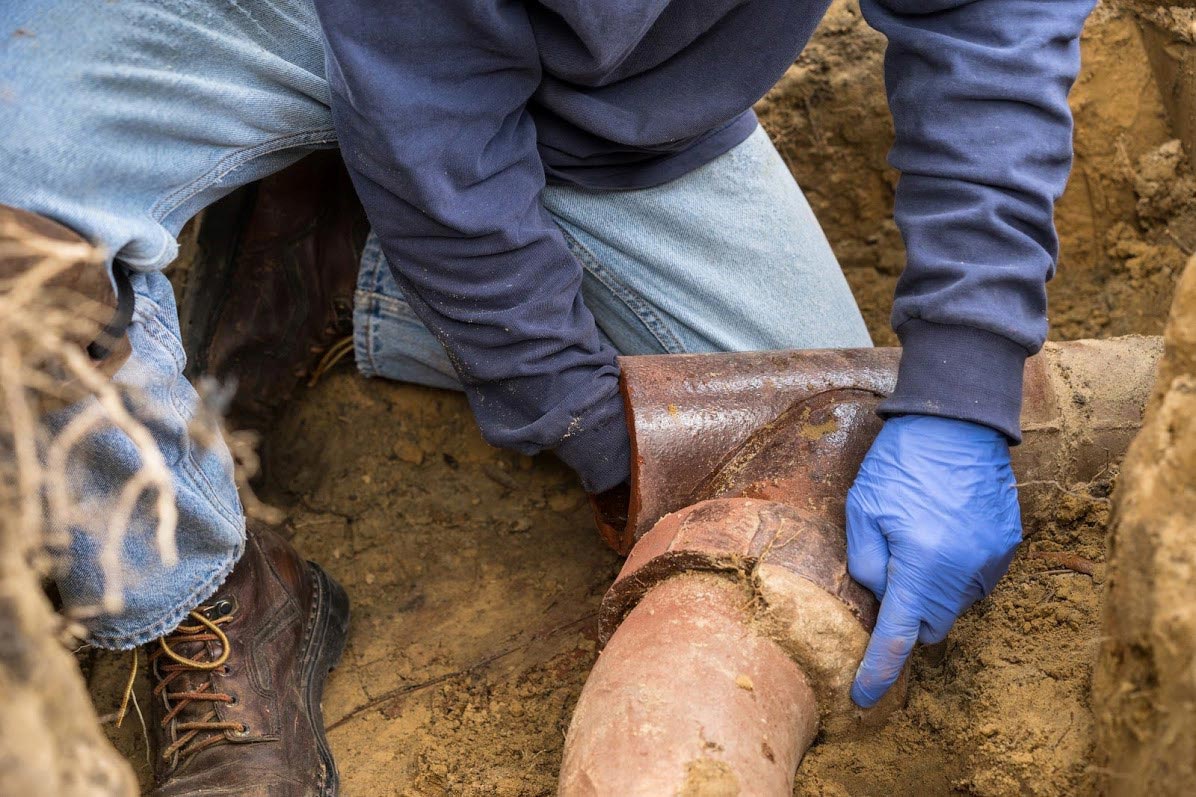
There are many reasons to consider purchasing an older home beyond financial considerations. Houses constructed in years past can offer style, charm, and even features no longer available in modern homes. However, they can also come with their fair share of plumbing problems, especially if the previous owners neglected routine maintenance.
Fortunately, you don't have to let a potential plumbing nightmare keep you from your dream home. By taking a proactive approach both before and after purchasing your new house, you can help guarantee that old pipes and fixtures don't lead to future disasters. Below you will find four steps to bring the plumbing in an old home into the 21st century.
1. Conduct a Pre-Purchase Inspection
Most homebuyers know to conduct a full inspection before signing on the dotted line. Still, it can be especially crucial to get the opinion of an experienced plumber when dealing with an older house. A professional can check the state of drain lines using camera inspection equipment, inspect pipes, check water pressure, and measure the efficiency of your water heater and boiler (if present).
Many buyers fear that detailed inspections will uncover deal breakers, but a lurking plumbing problem doesn't have to sink a potential purchase. Finding these problems before you buy can give you a better negotiating position and allow you to convince the sellers to make repairs before completing the sale.
2. Address Lead Problems
Lead pipes are one of the greatest dangers that you can find in an older home. Although many houses have long since had their lead pipes replaced, they may still be present in some places. Old-style brass plumbing fixtures may also contain lead. If your new home includes lead pipes or old brass fixtures, then it's essential to conduct a water quality test immediately.
In general, you will need to replace lead pipes and fixtures if the water quality test indicates the presence of lead above the federal action level of 15 micrograms per liter. If your water contains lower quantities of lead, then you may still want to consider taking action. Before replacing plumbing, always confirm that the source of the lead contamination is not the city service line.
3. Replace Corroded Pipes
Even if your home does not contain lead plumbing, some or all of the supply lines will likely use copper pipes. While copper is a durable, corrosion-resistant material still used by many installers, water quality or even electrical issues can result in premature corrosion. Thoroughly checking for corrosion involves examining the outside of the pipes and testing the water for the presence of dissolved copper.
Corroding copper pipes typically will not result in harmful levels of metal in your drinking water, but there can be other side effects. If the interior of the pipes is corroding, then the dissolved copper can stain fixtures. Eventually, the pipes will break down enough to lead to small pinhole leaks and, ultimately, severe water damage. Replacing old copper pipes can help prevent costlier future repairs.
4. Deal with Drainage Issues
Although they may not be as hazardous as other issues, you will want to deal with any drainage issues that your pre-purchase inspection turned up. In many older homes, the most severe drainage problems arise as the result of tree root intrusion in sewer lines. These issues can sometimes go unnoticed for years, and the previous owners may have been entirely unaware of the problem.
A pre-purchase inspection that includes the use of a drain camera should uncover any root intrusion, however. Plumbers can then use high-velocity water jets to break roots loose and restore the pipe. Once cleared, your plumber can determine if the sewer pipe is in good condition or if additional repairs are required.
Complete Plumbing has the expertise to help you with plumbing inspections and repairs, no matter the age of your home. Contact us today to help bring your home's plumbing into the modern era!
$35off Water Heater
Installation
Installation
$20off Plumbing
Services
Services
Ask About Our Senior
and Military Discount
and Military Discount



